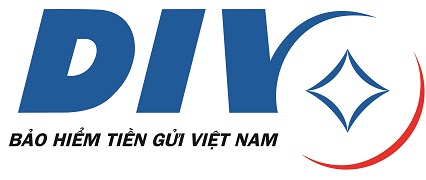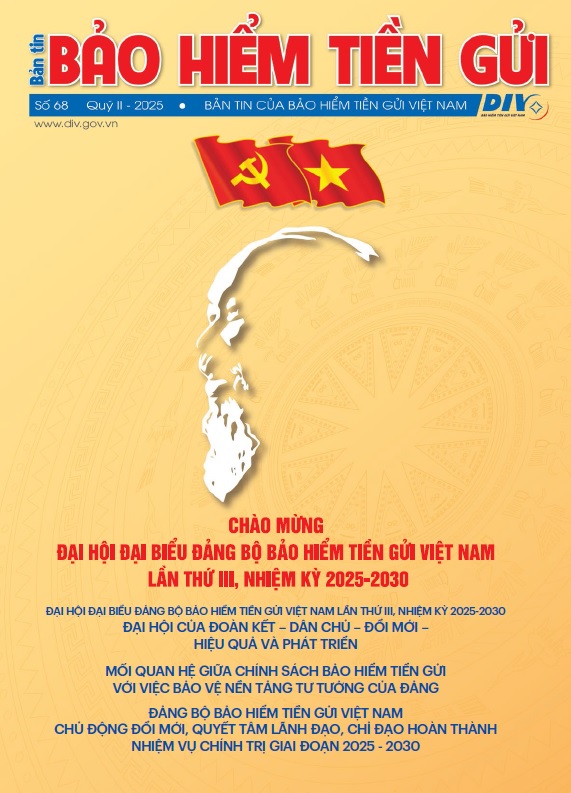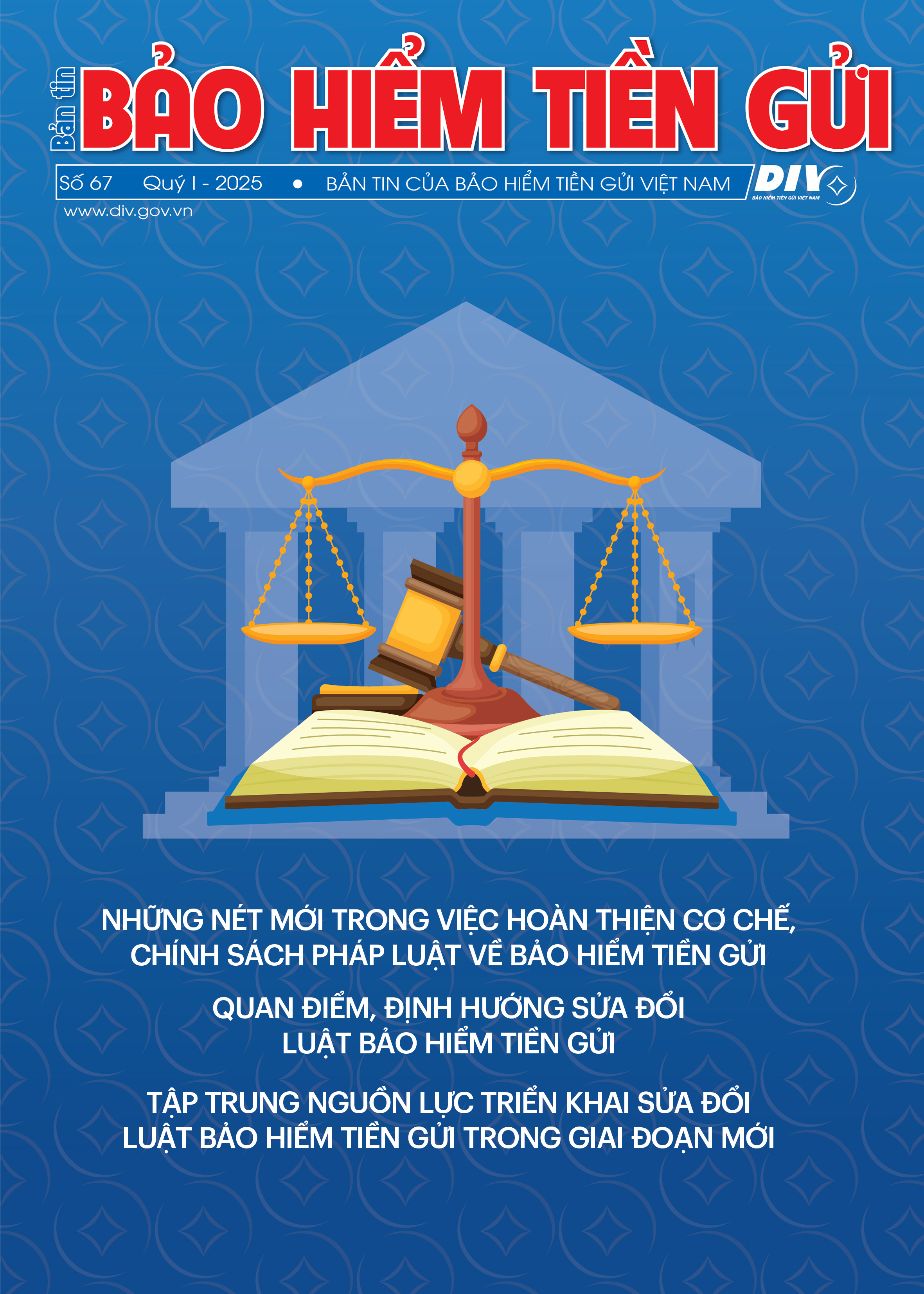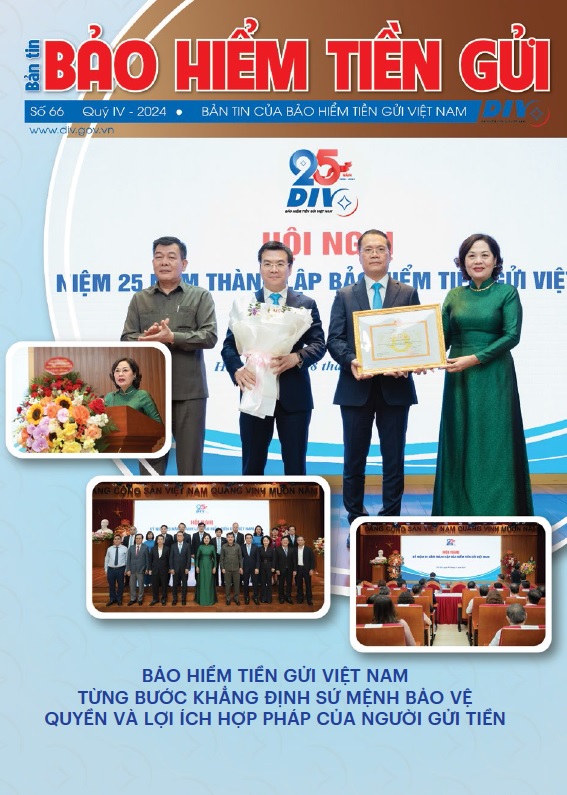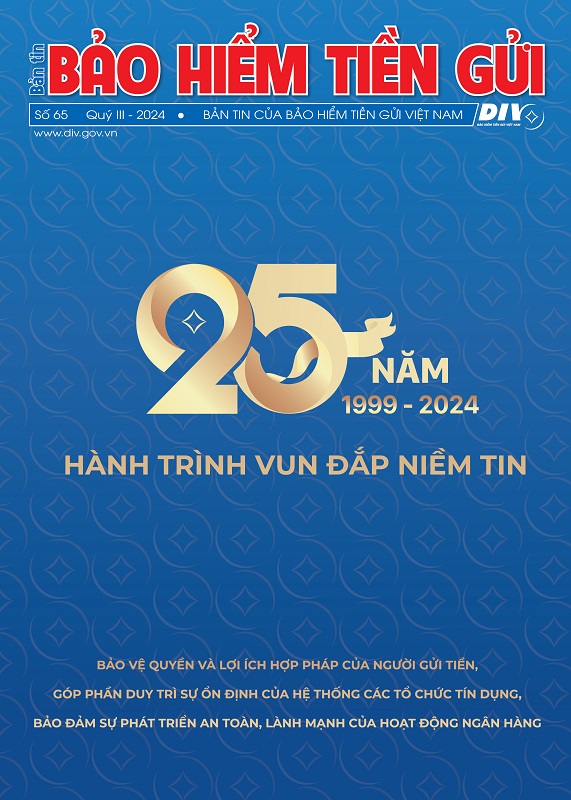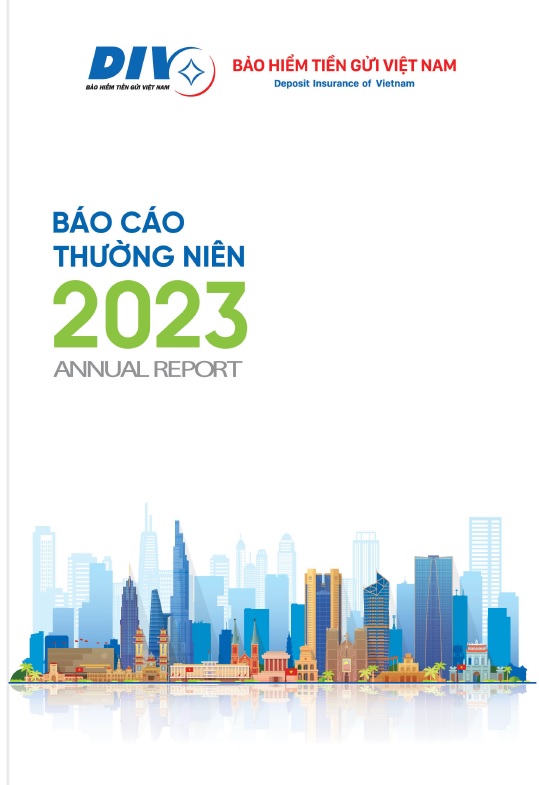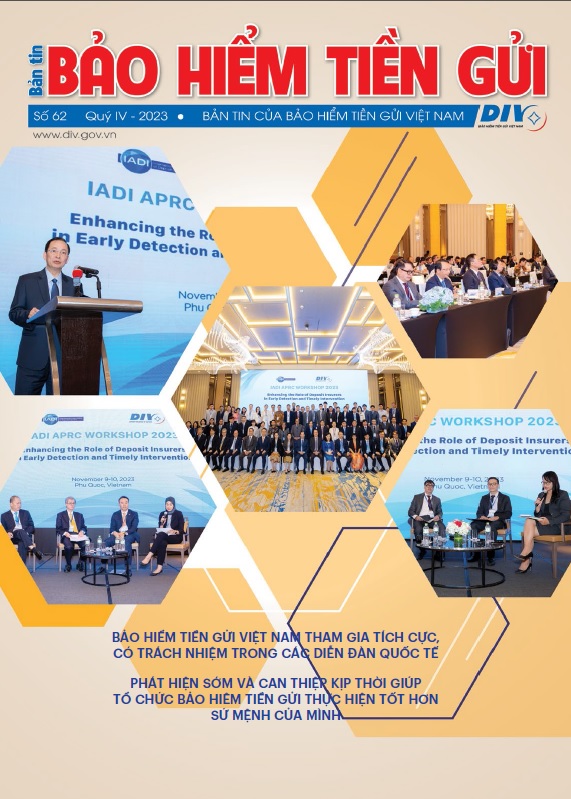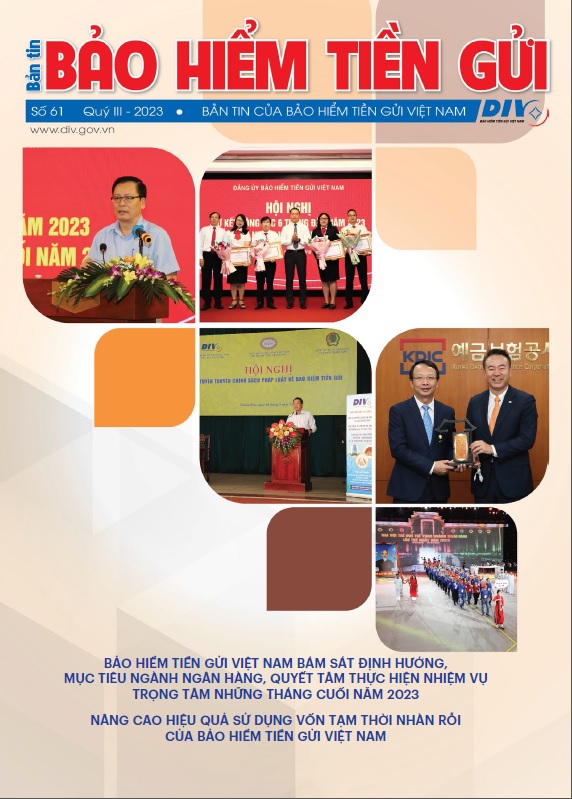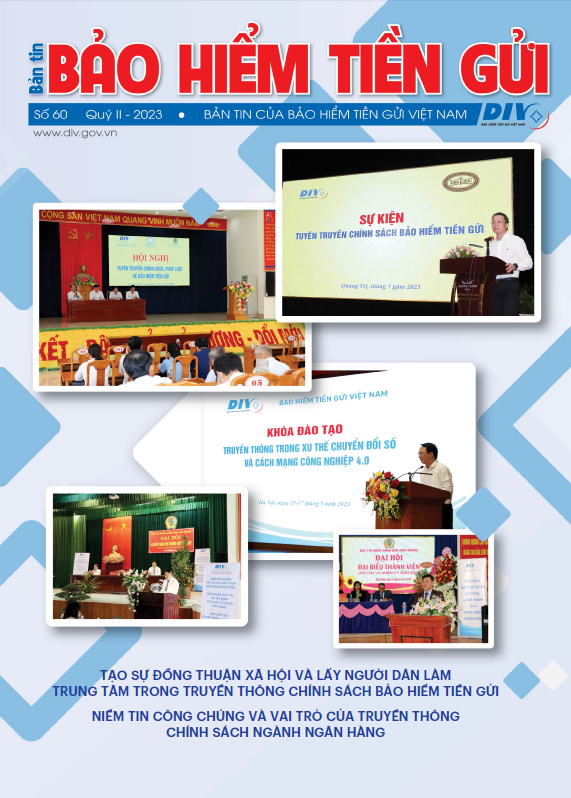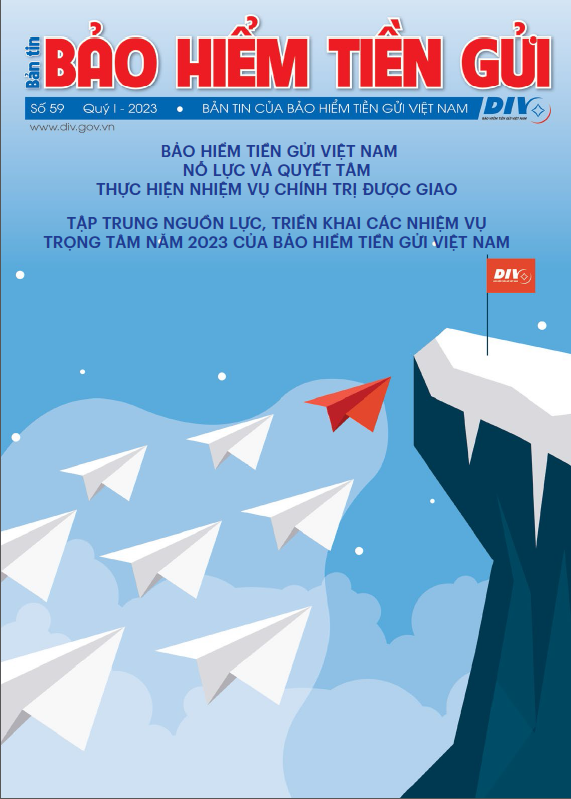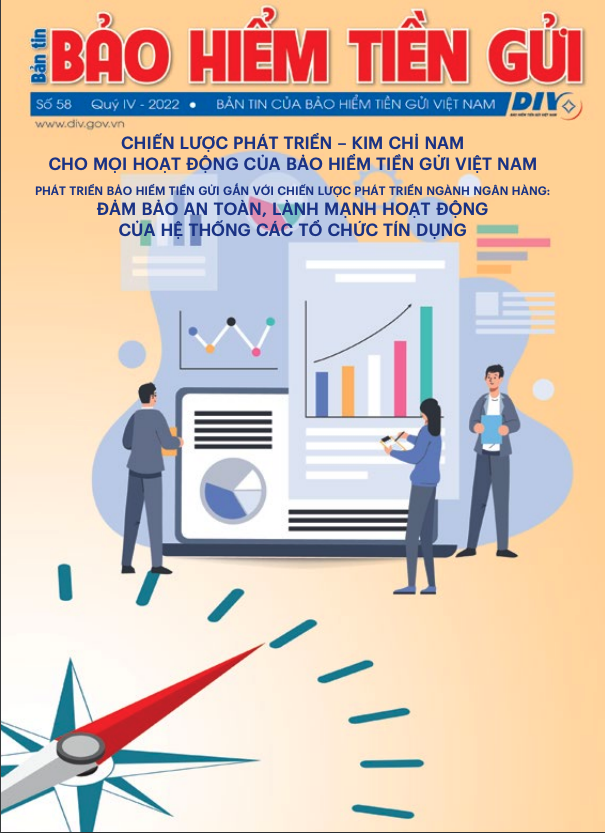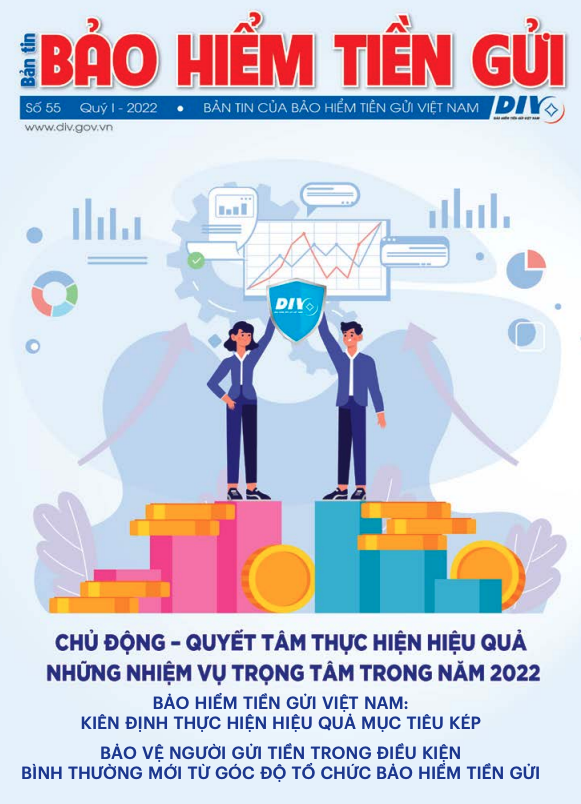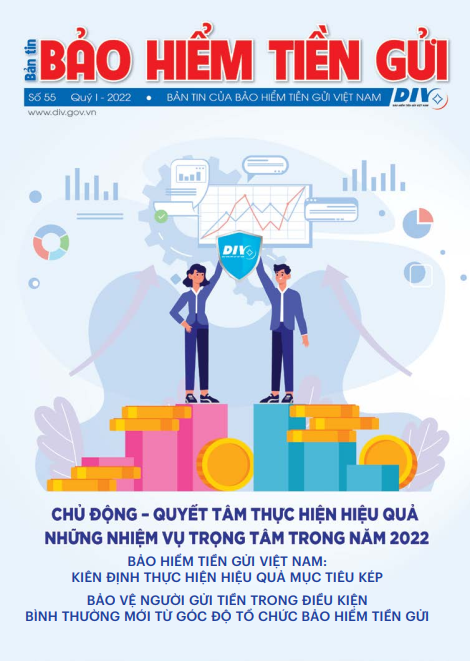Assessing the Government's determination to promote policy communication, Associate Professor-Dr. Do Chi Nghia - Standing Member of the National Assembly's Culture and Education Committee said that, in the era of strongly developing media like today, organizing policy communication in a systematic and effective manner is essential from central to local organizations. This helps the policy reach a large number of people, create social consensus, and at the same time, receive comments and criticism to promptly adjust to suit real life.
Reporter: Please tell us what role policy communication plays in the public policy cycle?
Associate Professor-Dr. Do Chi Nghia: Policy communication is understood as the process of sharing information about a specific Government policy with the people in order to attract people and stakeholders into the policy process, thereby creating transformation in public perception and action to achieve policy goals. Policy communication has a great influence on all social issues, affecting public awareness, which in turn will affect the public's actions and behavior.
The characteristic of policy communication in general is a system of proactive promotion and two-way interaction efforts of the State that are intentionally designed to receive and share information to the intended audience in order to promote understanding, criticism, consensus, mutual trust, for the satisfaction of people, businesses and for the benefit of the community.
However, it is necessary to be aware that communication is different from propaganda, so media subjects who want to achieve their goals need to have a method of approaching media audiences according to basic principles: Right audience, right target, at the right time, with accurate, timely and careful information, methods and forms appropriate to the audience.
It can be affirmed that policy communication participates and has an important role and significance in the entire public policy cycle. Policy communication must be carried out synchronously and effectively in each stage of the policy cycle.
Reporter: What are the characteristics of the audience of deposit insurance policy communication, sir?
Associate Professor-Dr. Do Chi Nghia: As we all know, determining the target audience of policy communication is very important, determining the success or failure of a communication campaign. Identifying the target audience determines the form and content of communication. For each specific audience, there needs to be its own form and content of communication; it is not possible to use the same content or form for different audiences...
Among state-owned financial institutions, Deposit Insurance of Vietnam (DIV) is a special organization. These characteristics are reflected in the mechanism, legal framework, purpose, operating model, field of operation, as well as assigned functions and tasks. Although operating under the model of a single-member limited liability company with 100% charter capital held by the State, DIV’s mission has been clearly regulated by the Law on Deposit Insurance on the task of disseminating legal policies on deposit insurance. Therefore, in the policy communication work that DIVcarries out, although it does not go beyond basic communication principles, it also has typical unique points.
DIV is a state-owned financial institution operating for non-profit purposes, aiming to protect the legitimate rights and interests of depositors, implement deposit insurance policies, and contribute to maintaining the stability of the system of credit institutions, ensuring the safe and healthy development of banking activities. If commercial insurance operates for the purpose of making a profit, then DIV operates not for the purpose of profit.
For DIV, the depositor is the protected party, but the responsibility for paying fees belongs to the credit institutions receiving deposits. The communication goal of DIV is not to "sell" a specific product, but rather aims to build and maintain public trust in the banking system through correct awareness on deposit insurance policy.
From that basis, it can also be said that the object of deposit insurance policy communication is specific. The target media audience that DIV needs to target is not the general public, but needs to be clearly and specifically defined. For example, depositors are a large group of people, from many classes, fields of activity, education levels, ages, genders, as well as places of residence... Each group of people will mean differences not only in awareness but also in behavior, so appropriate approaches and messages are needed.
However, the target public of DIV is not only depositors, but also organizations participating in deposit insurance, policy makers, and even potential depositors who are students. Through its communication process, DIV needs to bring understanding of deposit insurance policy to all relevant public groups at different levels, helping them understand the meaning of this policy as well as interact with policy positively.
Reporter: Can you give some suggestions to make deposit insurance policy communication more effective?
Associate Professor-Dr. Do Chi Nghia: The context of the 4.0 industrial revolution has changed traditional communication methods, a series of new communication methods are used and promoted with special effectiveness, such as the use of artificial intelligence, virtual connection space; social network interaction: facebook; zalo; youtube; Instagram; twitter... Therefore, policy communicators need to change quickly, both in awareness and organizational structure to adapt to the digital media environment and respond to the process of democratization of social life.
During the policy communication process, DIV can consider using effective communication methods. Accordingly, mass communication tools will help the deposit insurance policy reach out on a large scale, building awareness and general public opinion about the deposit insurance policy. However, for each time, each public audience as well as for each communication campaign, DIV needs to choose appropriate communication channels, including social media and digital media channels. Social media not only provides an opportunity to reach the masses at a lower cost than traditional media, but is also an environment to interact and exchange information, giving DIV not only the opportunity to bring deposit insurance policies to depositors but is also a place for deposit insurance organizations to receive feedback, promptly grasp public opinion trends, and promote communication in the right direction, to the right audience, and with the right message.
An equally important point compared to implementing awareness-raising communication programs and campaigns is evaluating the effectiveness of those programs and campaigns as well as assessing the overall level of change in people's awareness. Thus, DIV needs to have an annual survey plan (or periodically every 2 to 3 years) to assess the overall awareness of depositors, and at the same time, for each communication program, it is necessary to evaluate the implementation effectiveness and the level of impact on public awareness.
It can be said that deposit insurance is a sensitive field, and communication about deposit insurance policy also needs considering sensitivity. Communicators about deposit insurance policy can achieve a high level of diffusion, creating a wide-scale impact if they dig deep into sensational elements and influence public fear, but that's not the case. Policy communication will become counterproductive when it cannot enhance public trust but will also cause that trust to crack. It should be recognized that all information released by the deposit insurance organization can affect the psychology of depositors and the banking system.
Communicating without causing confusion and gradually building trust and understanding is an important responsibility that DIV will gradually achieve in the coming time. However, to achieve that, the responsibility for "communication" should not and cannot be placed on the organization alone, but every officer at the DIV must be a communicator. Furthermore, the organization of communication on deposit insurance policies must be carried out in a methodical and systematic manner. DIV needs to get agencies, organizations, and relevant parties to communicate about themselves and about the deposit insurance policy to create a spreading effect instead of just one single deposit insurance organization speaking up. This helps policies reach a large number of people, create social consensus, and at the same time, receive comments and criticism to promptly adjust to suit real life.
In short, policy communication in general, especially deposit insurance policy communication, should focus on the following solutions: maintain the leading role in policy communication; contribute to creating social consensus; regard the people as the center of communication; take full advantage of 4.0 communication advantages and focus on training policy communication teams.
Reporter: Thank you!
Communication Department
